Descrizione
- [INCREASED STABILITY] Garantisce maggiore stabilità e controllo durante l'utilizzo del Ronin
- [RONIN CONTROL] Supporta il controllo completo di RS2 e RS3 Pro
- [LIGHTWEIGHT] L'imbragatura di supporto ridistribuisce il peso per un utilizzo più confortevole e prolungato.
- [INCREASED BATTERY] Molteplici opzioni di alimentazione garantiscono una maggiore durata della batteria del Ronin
- [COMPATIBILITY] Supporta qualsiasi gimbal con filettatura da 1/4"-20 e può essere alimentato tramite un Lemo a 2 pin.
*La spedizione gratuita non è applicabile a questo articolo*. Il sistema Tilta Float funziona in combinazione con i DJI RS 2 e RS3 Pro per fornire un sistema di stabilizzazione della videocamera piccolo e compatto che ti permette di realizzare movimenti fluidi e cinematografici con le videocamere più piccole.
Il palo basato su un contrappeso fornisce un’ulteriore stabilizzazione al tuo setup, oltre a quella che già fa il gimbal, per consentire il movimento della videocamera più fluido e libero che si possa immaginare.
Il design del braccio a molla e dell’imbragatura di supporto fa gravare il peso del rig sul busto, consentendo tempi di funzionamento più lunghi prima che l’utente si affatichi.
Il controller wireless per pollice in dotazione ti permette di controllare in modalità wireless il Ronin e un motore di messa a fuoco Nucleus M o Nucleus Nano.
Questa unità è progettata per essere montata sulla forcella del tuo Tilta Float tramite la staffa del monitor del sistema.
Il controller si alimenta con batterie Go Pro 5-8 e dispone di una porta USB-C che può essere utilizzata per futuri aggiornamenti del firmware. Si consiglia di non alimentare l’unità tramite questa porta.
Il supporto per la parte bassa della schiena e la tracolla singola in dotazione distribuiscono ulteriormente il peso, garantendo un utilizzo confortevole per qualsiasi durata. Le opzioni di alimentazione multiple offrono una maggiore flessibilità nell’alimentazione del Ronin. Il sistema può alimentare il gimbal tramite Gold Mount, V-Mount, TB50 o lo stesso Battery Handle tramite accessori opzionali.
*Il Float è compatibile con qualsiasi gimbal al di sotto del limite di peso che possa essere montato tramite filettatura da 1/4″-20 e può essere alimentato tramite 2 pin Lemo o una batteria interna; tuttavia, può controllare in modalità wireless solo RS2 e RS3 Pro.
**Il Float non dispone di uscite di alimentazione diverse dal Lemo a 2 pin progettato per alimentare l’RS2**.
***Il cavo postale interno può gestire 14,8V e 3A con una capacità massima di 6A***.
RS3/RS3 Pro: Il tasto M NON è in grado di imitare la funzione del gimbal. Il tasto M di questa unità può cambiare SOLO l’impostazione della modalità. Non è consigliabile utilizzare gimbal più grandi di quelli che possono essere classificati come “palmari” come il Movi Pro. Anche se il peso totale è inferiore a 10 kg, il sistema avrà problemi a supportare gimbal fisicamente più grandi dei gimbal della serie DJI Ronin RS.
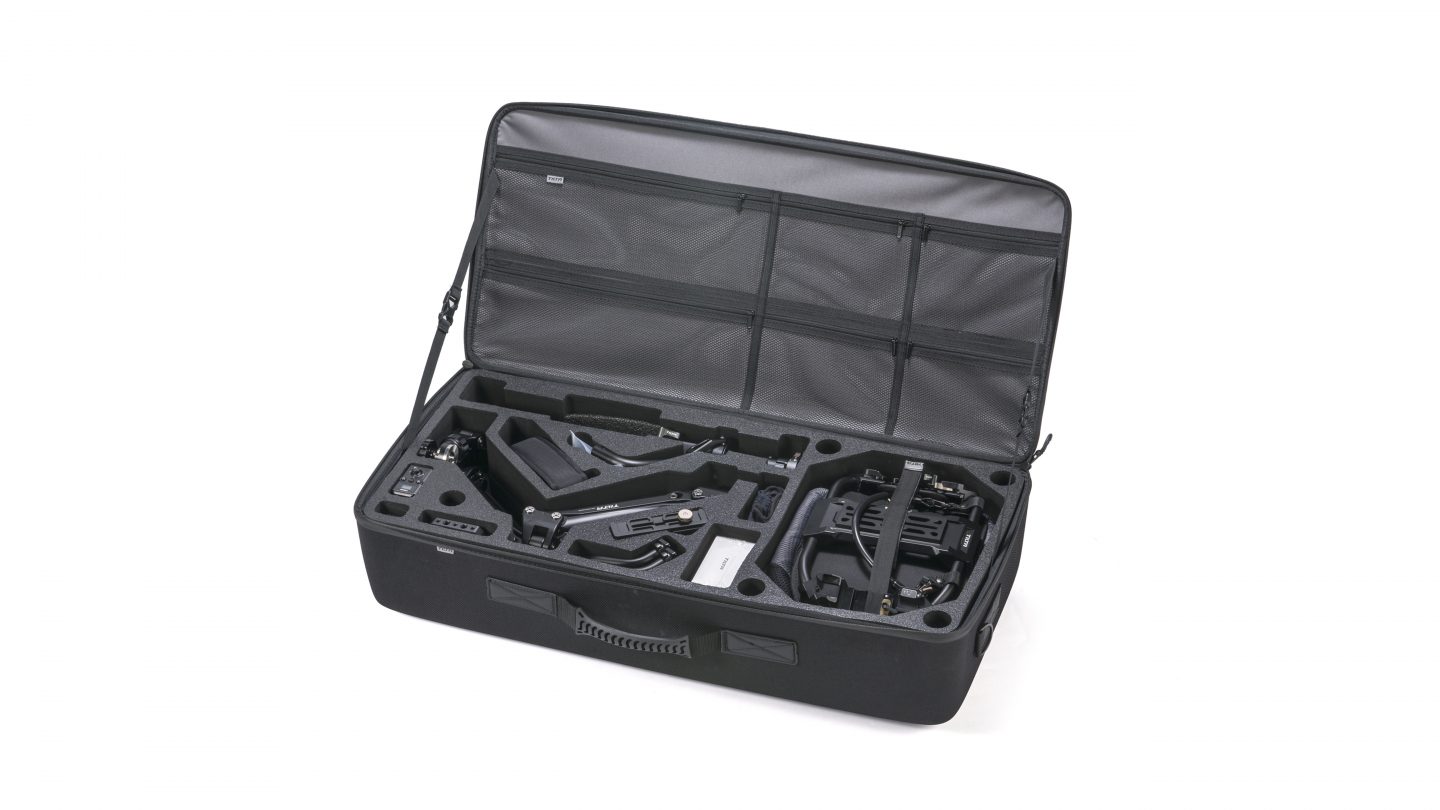






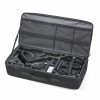
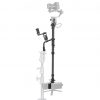
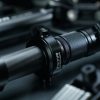
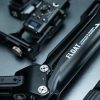



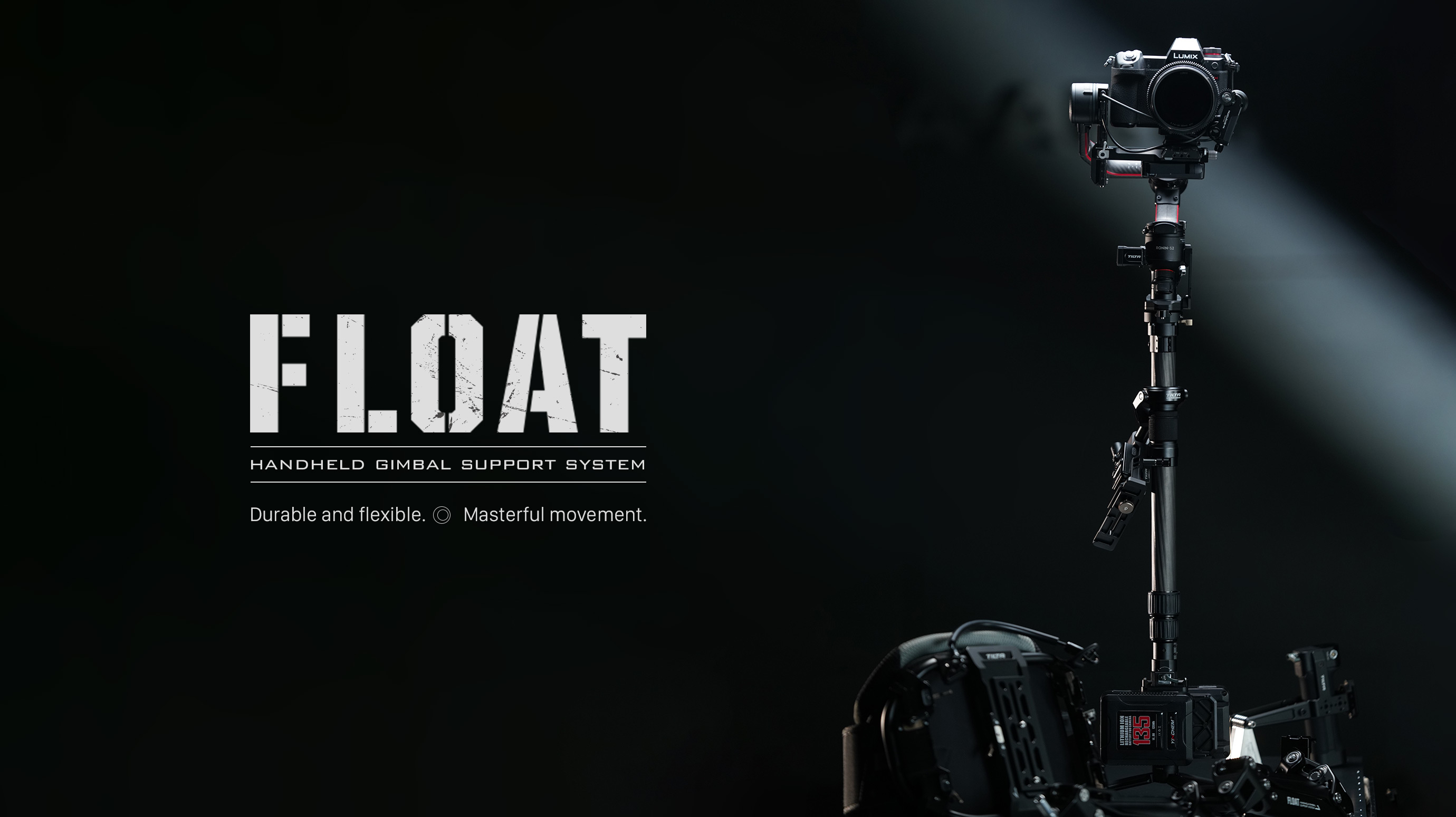
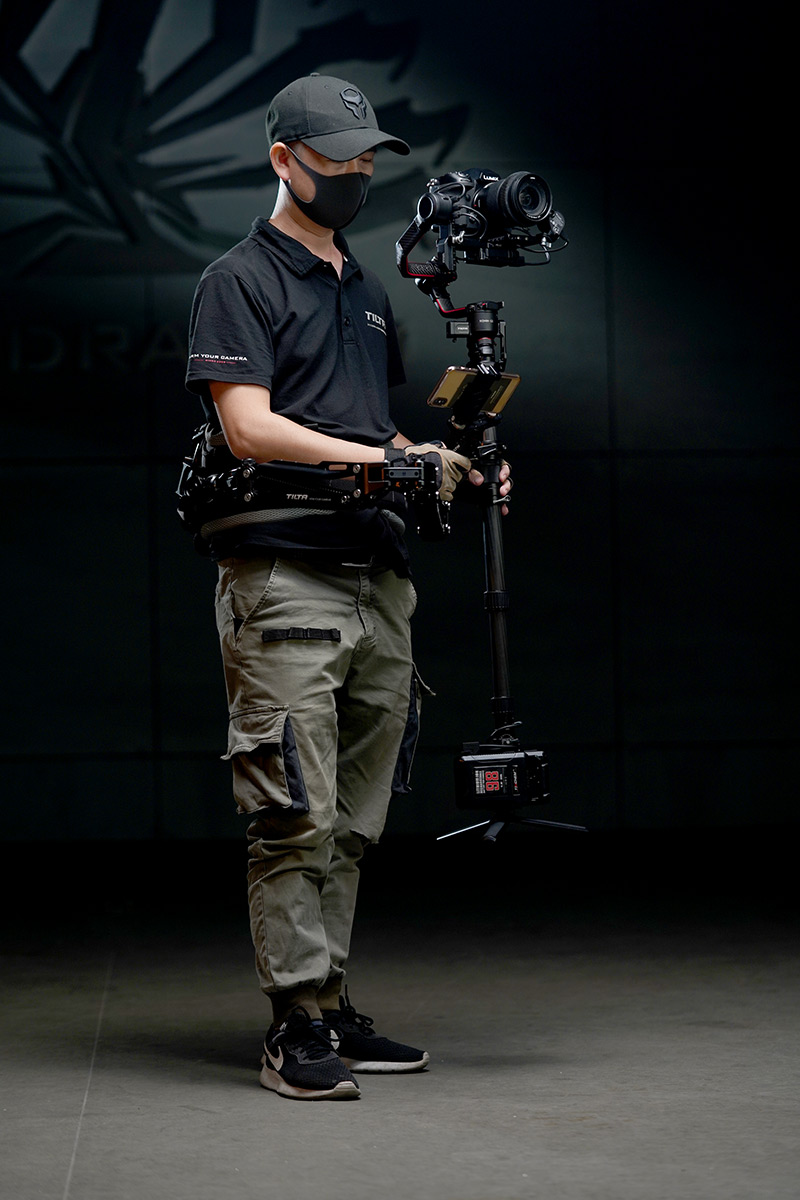
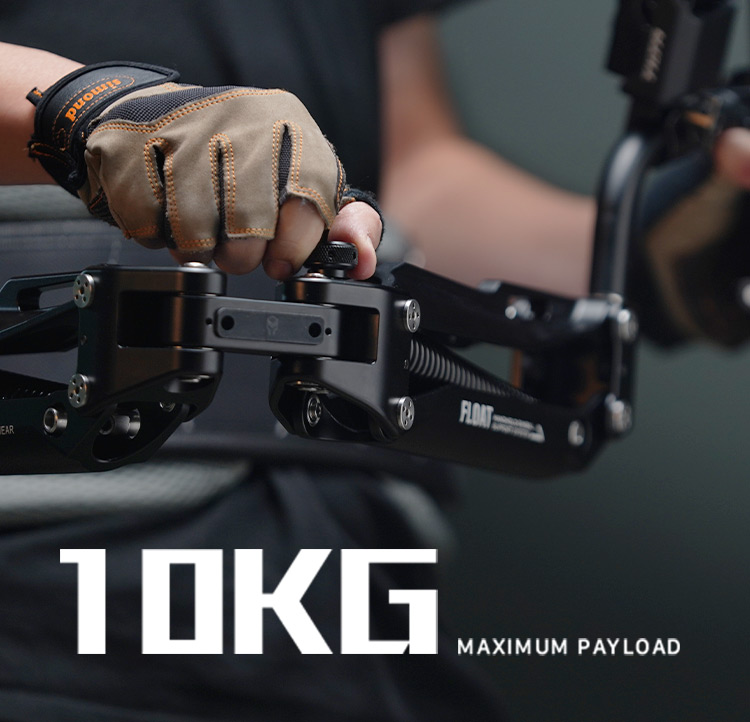
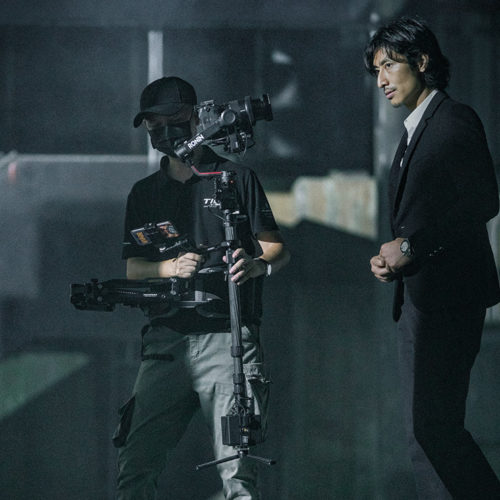
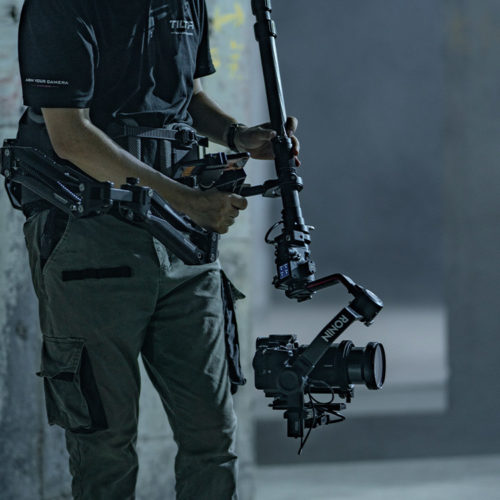
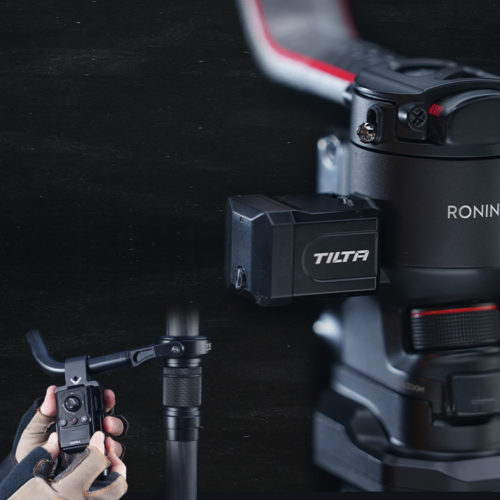
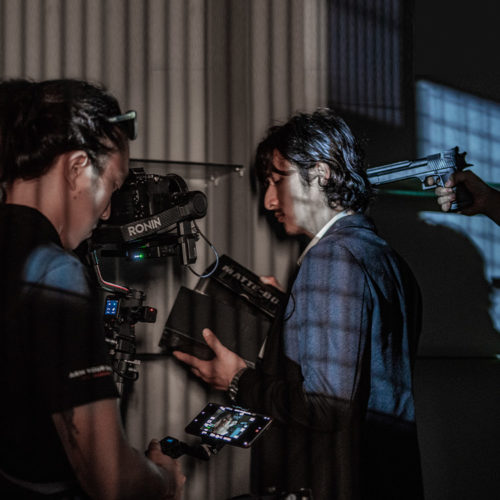
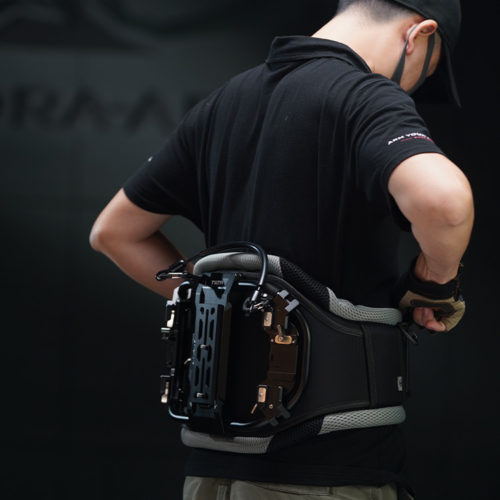
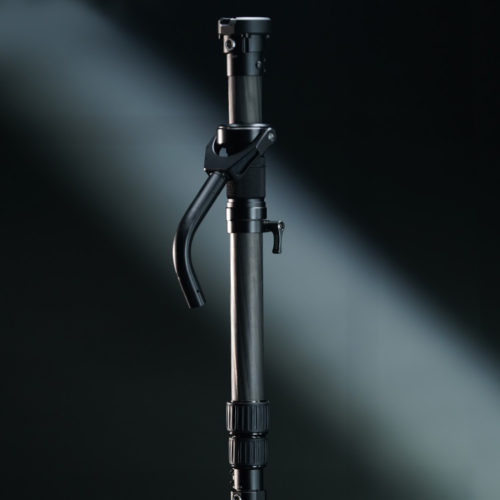
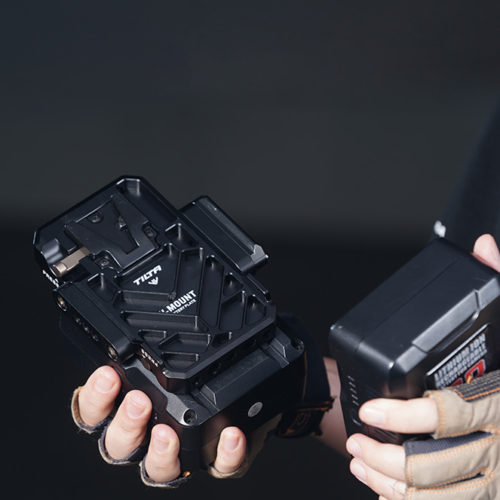
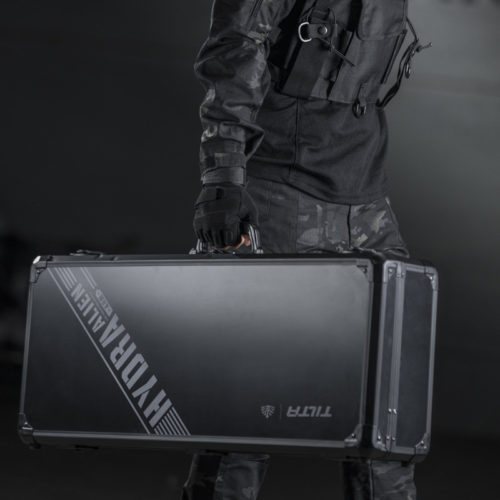
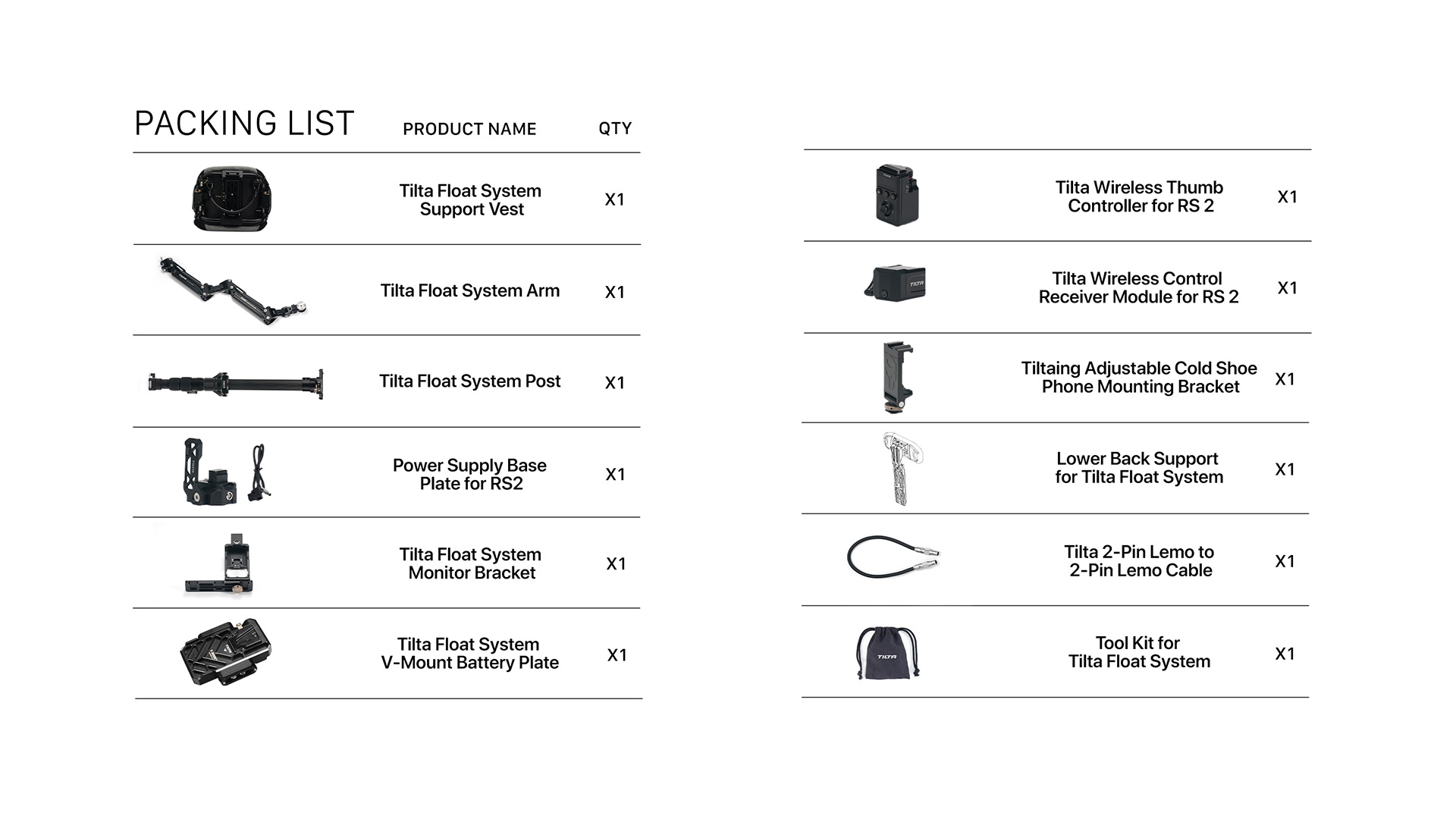
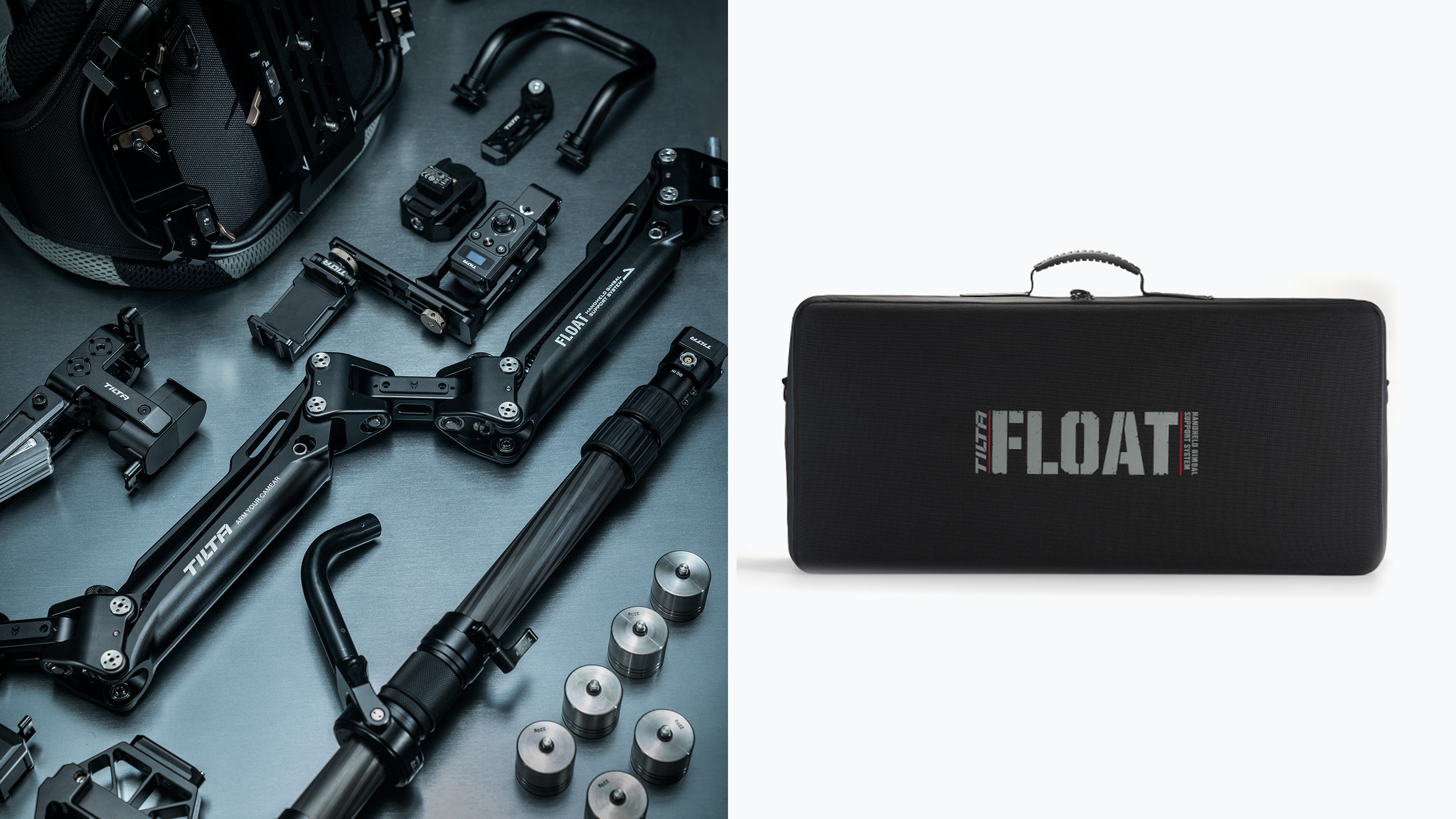
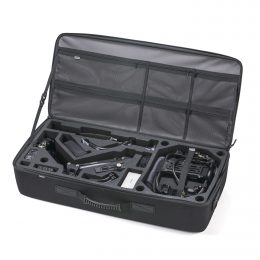
Fantastic feel and almost intuitive to use. Very ergonomic.
This is my first stabilizer. I researched it from the time it came out before I made a decision. It is very well made! It took a bit of experimenting to figure out what side I wanted the arm to be on as I am right handed, I figured that was were it should be but found the inverse worked much better. As for balancing, where the hell do you get a stand? I must be calling it the wrong thing as I can’t seem to get any results in a search.
So I tried some various tests to see how this thing reacted. I was very impressed that I could walk up and down a flight of stairs with practically no bounce! I have a Ronin 1, which I still love and an RS2. This is going to save my shoulders!
Now to the flaw: there is a supplied back extension to support the weight on the upper back. The only problem is that it covers an area about the size of one vertebra and puts a LOT of pressure on that resting point. I would suggest increasing the size of this pad and giving it a bit of a curve to conform to the spine. The reason being that the fastening point of the arm creates torque at the center point of the back of the vest, forcing more leverage on the extender. If the back rest were larger, the weight could be distributed over a larger area resulting in less pounds per square inch. I will be making one out of carbon fiber and then of course covering one side with foam.
All that aside, I’m really going to enjoy this thing!
System looks very well made but from a former Steadicam operator this doesnt look like a total replacement. Still a little strange to navigate but it looks like it will do the job.
Ok, just working with this rig, but love what this can do. The new mod for additional balance, is a plus. Build quality excellent!
Good 1st generation system from Tilta but some key improvements would make this much better.
First, the support cushion that goes into the small of your back puts so much undo pressure into your lower spine which causes you to not be able to carry the weight for extended periods of time. They really need a shoulder harness of some sort instead to be able to take up the forward load of the system. As it stands now, all the load goes right into your lower back. I have no Idea how they couldnt catch this when they designed the system and I caught it right on my first day using the system. Huge oversight to say the least since weight and load distribution is key for a camera carrying rig.
Second, they need to have the weight distribution of the batteries on the bottom of the post to be further away from the center of mass. Having the batteries right on the post and not further away, allows for the post to yaw left and right too easily. Just look at any good Steadicam system and youll understand why the weight is distributed further away from the post. Having the weight further away allows for the inertia to keep the system from unintentionally yawing.
Third, the counter weight bracket should also come standard with the kit. There is no way to dynamically balance the rig at all angles like the Arri trinity without this swinging weight to offset the balance at different angles.
Forth, Im a tall guy but the Belt-Vest barely gets around my waist. Im 6??240 pounds. Maybe I just need to lose a bit of weight. This belt will not fit guys who are bigger with a belly.
And last but not least. Have a quick release system, and dynamic adjustments for the spring arm. Having to constantly trial and error the position of the arm to the belt is such a time killer on set. A tried and true socket block like all the other Steadicam systems the only way to go. Not sure who decided that this slow backwards method was the way forward in the year 2021.
If you guys can sort out these very fundamental details that are a necessity, youll have a winning system on your hands.
The quality of parts is absolutely top notch. Now lets get the fundamentals to match so you can kill the game!